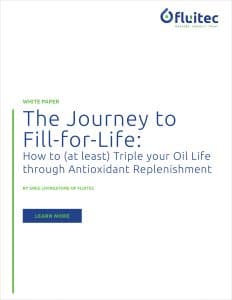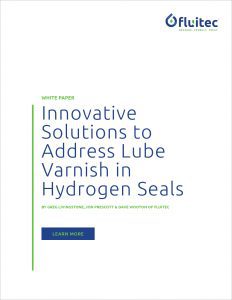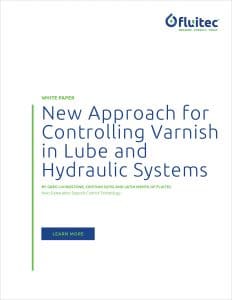 Why Hydraulic Fluids Fail
Why Hydraulic Fluids Fail
The annual global demand for hydraulic oils is approaching 5 billion liters, approximately 10% of all lubricants sold. Hydraulic oils are used in a wide variety of applications; however most of these applications have one thing in common: more severe operating conditions are resulting in accelerated fluid failure.
One of the most important properties measured in operating hydraulic fluids is its cleanliness. Although measuring contamination is an important aspect, contaminants cause equipment failure but not necessarily fluid failure. This presentation will explore the various mechanisms causing hydraulic fluid degradation and suggest methods to detect and avoid premature fluid failure.
 The Journey To Fill4Life
The Journey To Fill4Life



